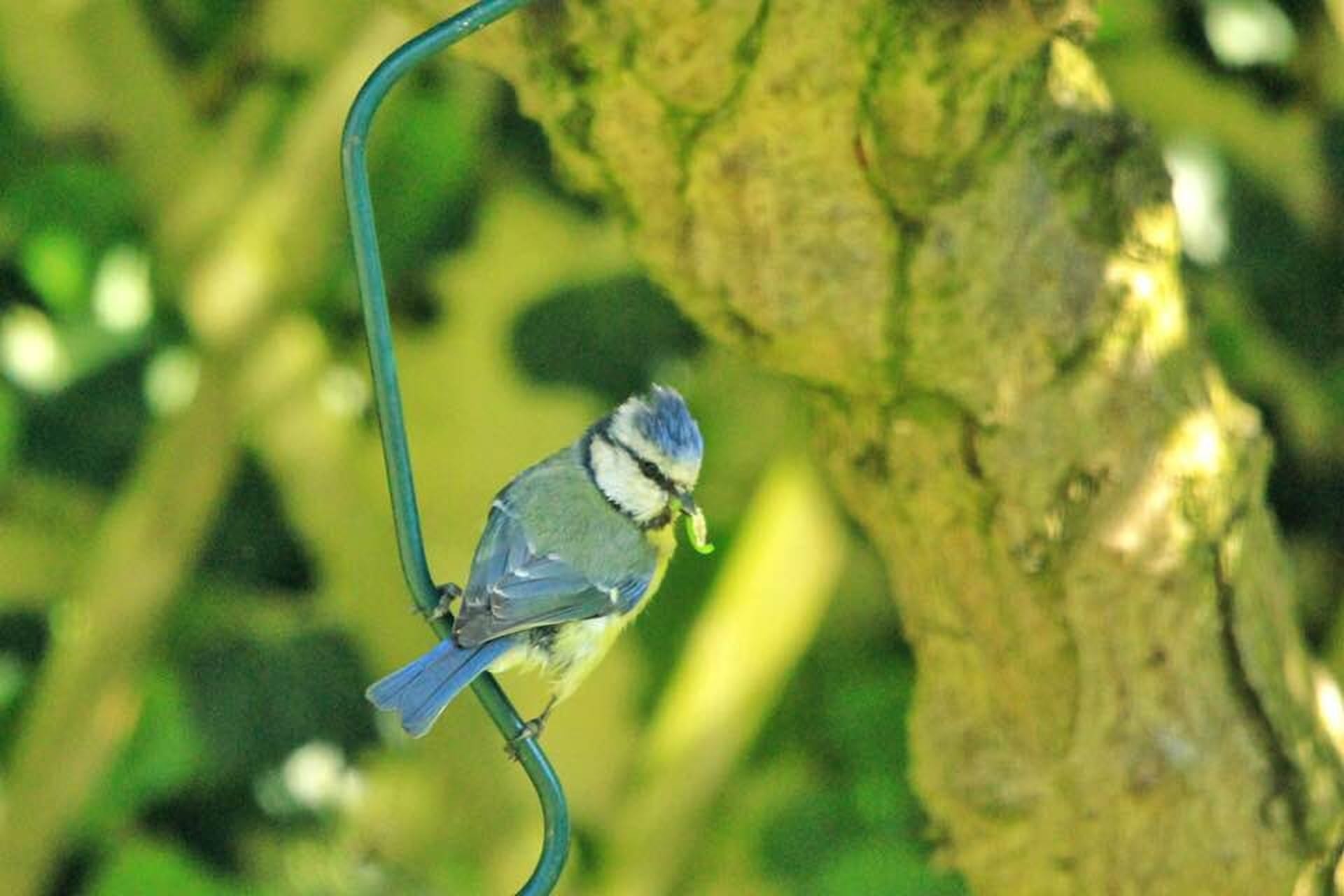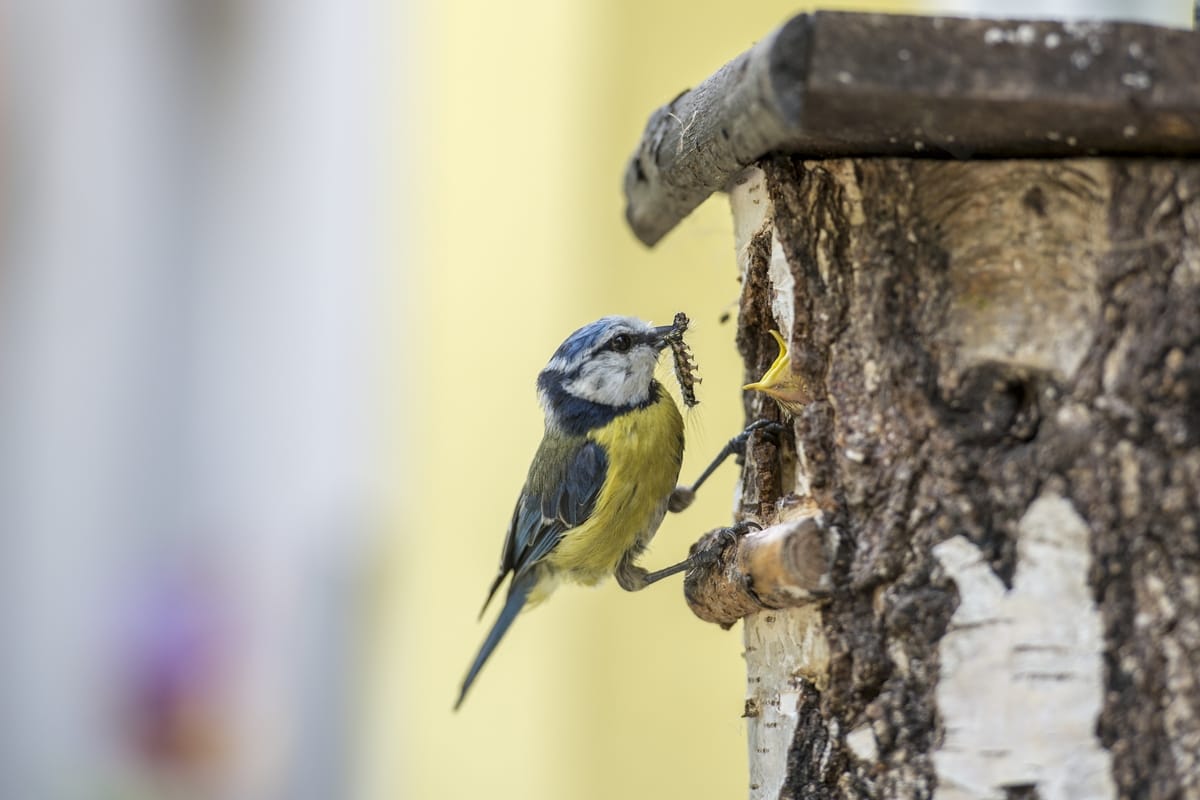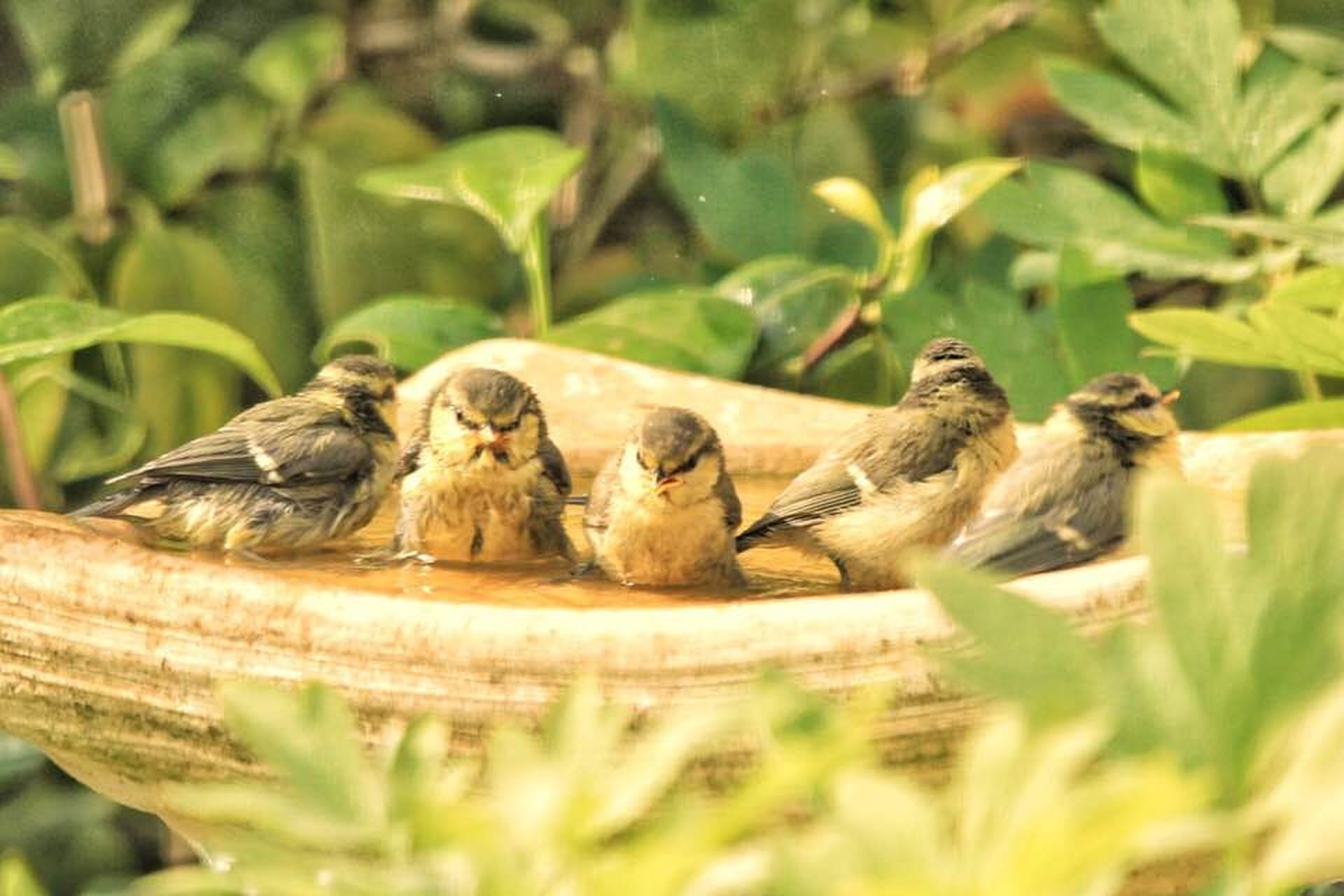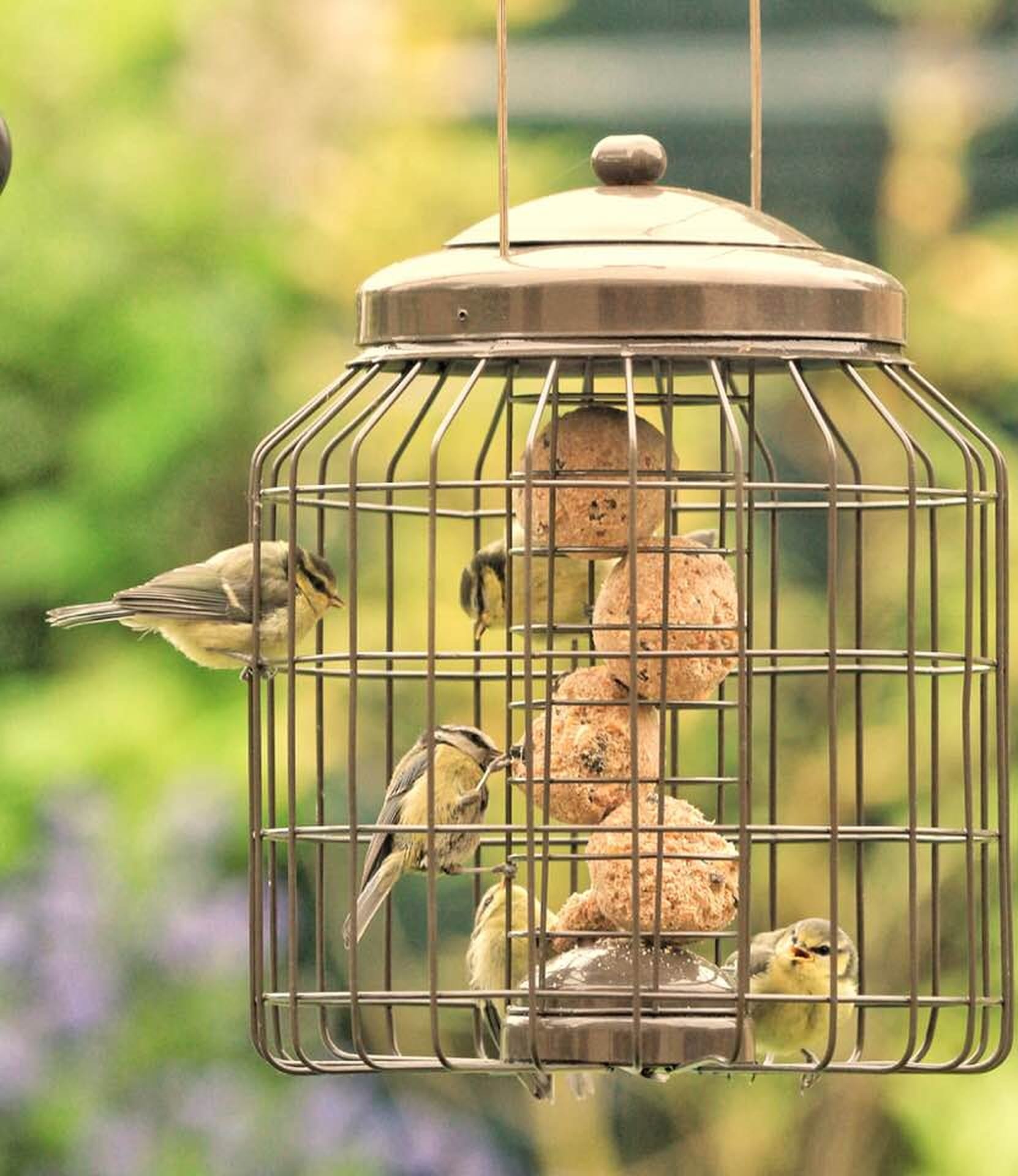Nothing in Basket!
About the Author & Content Disclaimer
The advice in this post is based on 10+ years of hands-on experience in our sandy Suffolk garden.
While I love sharing my journey and the things I discover, please understand that I am not a certified professional in gardening or wildlife. I ground my content by deep-diving into reliable books and professional websites.
The information shared on this blog reflects my own experiences and is tried-and-tested in our unique local environment. Please remember that what works for me may not be suitable for your specific garden.
For certified expertise, always consult a qualified professional (there are links within my blogs to experts websites).
I am always eager to learn and improve! If you notice any inaccuracies or have additional insights to share, please feel free to contact me via this websites contact forms.
The flash of blue, the cheerful chirping - the Blue Tit (Cyanistes caeruleus) is a delightful visitor to any garden, and probably the easiest bird to entice in. These tiny acrobats, with their distinctive blue cap, yellow breasts, and black eye stripe, are not only beautiful but also beneficial, gobbling up insects that might otherwise plague your plants. So, how do you entice these charming birds to make your garden their home? Here's a comprehensive guide:
A colourful mix of blue, yellow, white, and green makes the Blue Tit one of our most attractive and most recognisable garden visitors. They sport a bright blue cap, wings, and tail, a vibrant yellow breast and belly, a white face with a black eye stripe, and a greenish back. Their small size and active nature make them easy to spot flitting among branches. In winter, family flocks join up with other tits as they search for food. A garden with four or five Blue Tits at a feeder at any one time may be feeding 20 or more, as these social birds often move between different feeding areas.

Blue Tits are widespread across the UK, thriving in a variety of habitats. You'll find them in deciduous and mixed woodlands, hedgerows, gardens, and even urban parks.
Blue Tits begin their search for a suitable nest site as early as January, though nest building usually commences in late March. They prefer cosy cavities, such as rot holes and cracks in trees, old woodpecker nests, crevices in walls, and, or course, nest boxes.
Once a nest site is chosen, the Blue Tits begin construction, using materials like moss, hair, leaves, feathers, and spider webs to create a comfortable and secure nest. Interestingly, unlike many other bird species, Blue Tits typically raise only a single brood each spring. The female lays a clutch of 7-14 eggs, and she won't begin incubation until all the eggs have been laid.
The clutch is usually laid from late April to early May, and the incubation period lasts around 15 days. During this time, the male Blue Tit diligently brings food to the incubating female. Once hatched, the chicks spend approximately three weeks in the nest before fledging, ready to explore the world on their own.
Male and female Blue Tits look the same, but the female is slightly smaller than the male.
Blue Tits are insectivores, especially during the breeding season when they need protein to feed their young. However, they also enjoy seeds, nuts, and fat. Providing a variety of food will significantly increase your chances of attracting them.

Blue Tits are cavity nesters, meaning they prefer to nest in holes in trees. Since most gardens lack mature trees with suitable cavities, providing nest boxes is essential.

Like all living creatures, Blue Tits need access to fresh water. A bird bath is a perfect solution, but even a simple dish of water will do. Make sure to keep it clean and topped up, especially during hot weather.
Pesticides can harm Blue Tits directly or indirectly by reducing their food supply. Opt for natural pest control methods whenever possible to create a safe and healthy environment for these birds.
Attracting Blue Tits takes time and patience. Don't be discourage if you don't see them immediately. Keep your feeders filled, your water fresh, and your garden welcoming, and eventually, these beautiful birds will discover your haven.

By following these tips, you can transform your garden into a Blue Tit paradise. The reward? The joy of watching these vibrant birds flit among your plants, bringing a touch of nature's magic to your doorstep. So, get your feeders ready, put up a nest box, and welcome the azure beauty into your garden!
Nothing in Basket!
